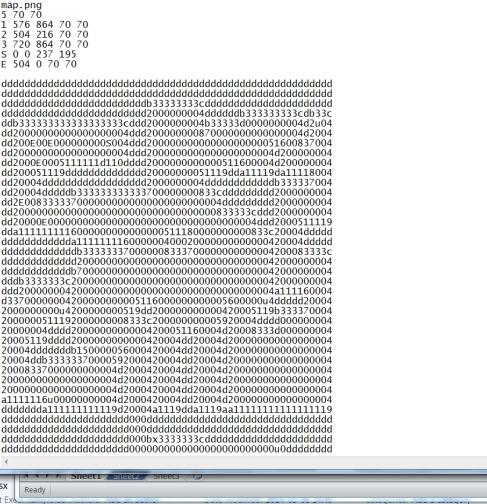Hello Minions
This week I’ve been focusing on the design for the game, that includes design document, level design and experience curve.
I want to start talking a bit about the experience curve and numbers. There have been a lot of numbers, and then I mean a lot. Experience curve is something that the player will never notice if it’s done properly, done wrong and the game will do a lot of damage.
So, with no experience (game design wise) about curves and progression with game design, I set out to construct a table to inform how much experience is needed to progress the avatar to the next size.
in the games both the avatar and the fishes have 9 different levels to achive, 0 – 8 for the enemies and 1-9 for the avatar. This is so the avatar has something to eat when starting the game.
At writing moment I’ve choose to take a sequence with an increasing level that makes sense, the so called Fibonacci sequence.
With the Fibonacci sequence it feels like a natural rising order. I studied the leveling curve of the wow but it changes a lot trough out the leveling, one to ten is a simple second grade function, but remaining levels uses more complicated functions, I ended up with Fibonacci’s curve for the experience and for the gained experience per enemies, I choose numbers that fit in-between for the scope. (Subject to change)
I have a fear that the curve will be too big for the game itself, making it too long between the levels. Meaning that the player will find a grind in-between level, but making the gap to narrow in-between will make the player bored, no challenge. The line will have to get tested during the coming week. Now my focus is to get it implemented and to get the core loop into the game.
I want to take a small bit and mention the level design. As it is right now I’m making three different stages that seamlessly fit together, the first level is formed like an open world with a few cave systems where you can find a entrance to the second level, and some without a precise purpose, just deformations.
For the second level I’ve gone with a large cave system that branches out. I did a lot of reading for the level design. I am still unsure on how the third and last level is going to work. Either it’ll be really open as the first level or it’ll be a larger cave system. I’d appreciate any feedback good or bad.
I WANT TO IMPROVE.
Over and out
Adam

Interesting read. I am also a big fan of using mathematical formulas and applying them to for example drawings or games. I always use the golden mean when I’m making a composition for example. It’s a very wise decision to use the fibonacci sequence. If you look into ancient architecture and many great structures they are designed mathematically. We humans are logical beings and we can easily recognize these calculations even visually. We won’t know that we recognize them but subconsciously we understand them and feel a sort of harmony.
Good level design is really important, especially for first person games. In games with really good level design, you can really connect to the environment and easily understand where you are and where you need to go. Perhaps you can apply the fibonacci sequence in the level design too, it’s just thinking in thirds. Can’t wait to see everyone’s games completed, looking forward to it.
//Valdemar
It’s really hard to give feedback on the level with this post as the only reference.
Maybe if you post a mock-up of the level combined with the .txt screenshot, it’d be a lot easier 🙂